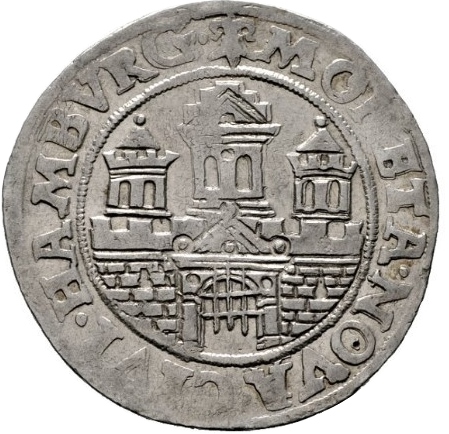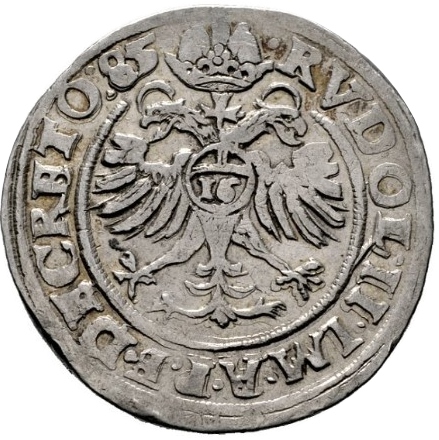Hamburg, Free Hanseatic city of ½ Thaler
1. Introduction
The Hamburg ½ Thaler, minted in the Free Hanseatic city of Hamburg between 1585 and 1586, stands as a testament to the rich history and numismatic artistry of the era. This silver coin carries significant historical and collectible value, attracting both enthusiasts and serious collectors.
2. Historical Background
Issued by the Free Hanseatic city of Hamburg, the ½ Thaler served as a prominent medium of exchange during the late 16th century. This coin was minted under the authority of Hamburg, a key player in the Hanseatic League, a trading alliance that dominated Northern Europe during the Middle Ages.
3. Design Features
The obverse of the Hamburg ½ Thaler showcases the city arms enclosed within a circle, symbolizing civic pride and heritage. On the reverse, a crowned imperial eagle is depicted within a circle, with the number '16' inscribed on its breast orb. The design also includes the titles of Rudolf II, the Holy Roman Emperor during that period, alongside the date at the end of the legend.
4. Technical Specifications
The Hamburg ½ Thaler, made of silver, boasts a size and weight typical of Thaler denominations of that time. The coin's precise specifications, including diameter, weight, and silver purity, contribute to its overall appeal to both collectors and historians.
5. Collectible Value
In the numismatic world, the Hamburg ½ Thaler is highly sought after for its historical significance and intricate design elements. As a coin minted for a short period, its rarity adds to its collectible value. The market value of this coin can vary based on factors such as condition, historical demand, and availability.
6. Conclusion
The Hamburg ½ Thaler silver coin encapsulates a fascinating chapter in the numismatic history of the Free Hanseatic city of Hamburg. Its blend of historical importance, intricate design features, and collectible value make it a prized possession for coin collectors and enthusiasts alike. This coin serves as a tangible link to the past, offering a glimpse into the economic and cultural landscape of 16th-century Northern Europe.
Coin Images
 Obverse
Obverse
 Reverse
Reverse

